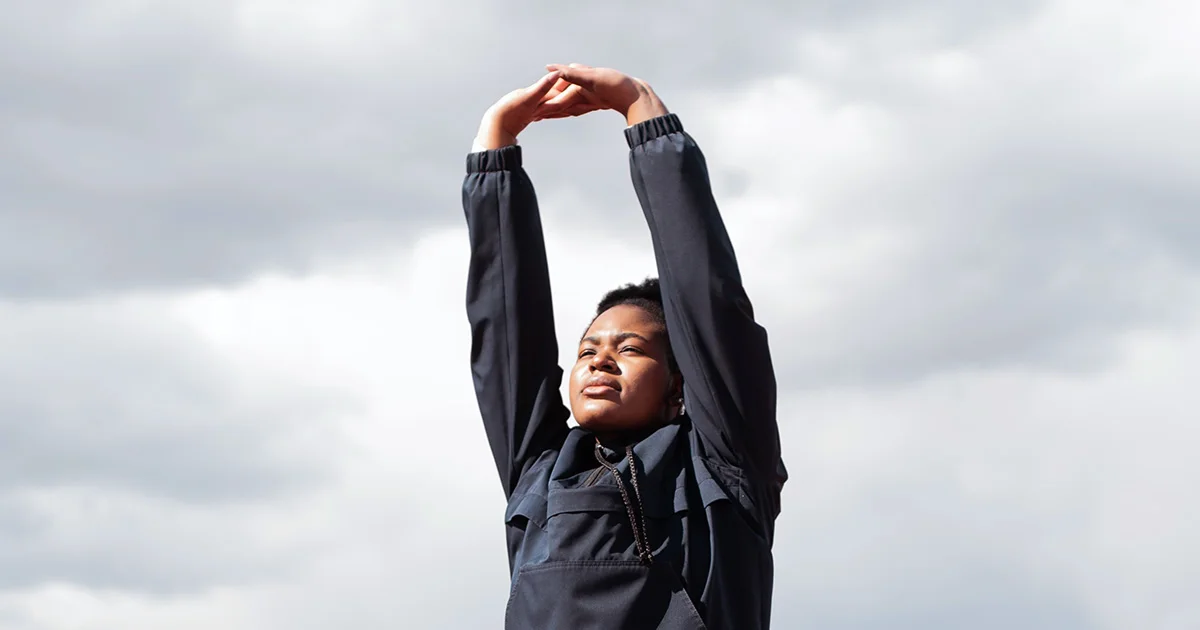General Health Articles
Maintaining your health involves everything from keeping up with your annual vaccines to visiting your doctor for an annual check-up and blood tests. Learn more about the factors that affect your health, from what you eat to how you move your body.
7 MIN READ
Why is my sex drive so high?
6 MIN READ
How to give yourself a shot
4 MIN READ
COVID and weight loss
2 MIN READ
Coronavirus and sildenafil
3 MIN READ
Can you get HPV from kissing?
5 MIN READ
Hypertension (high blood pressure)
5 MIN READ
Antepartum depression
3 MIN READ
Blood test at home
4 MIN READ
Prebiotics: what are the health benefits?
6 MIN READ
Atherosclerosis
4 MIN READ
Hypothyroidism
5 MIN READ
Heart attack











